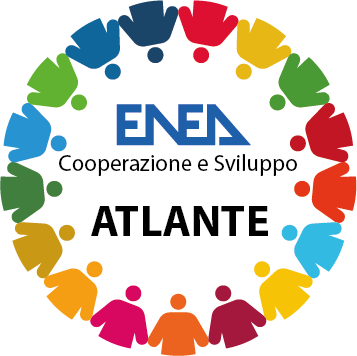Technologies
Green buildings
For achieving the objectives:


Goals: 11. Sustainable cities and communities, 13. Climate action
Description
ENEA makes its know-how available to develop greenery systems (roofs and walls) on buildings by using local plant species to increase the energy efficiency of buildings and to develop guidelines that might be useful to a wider and standardized application of these systems. The technology can be easily adjusted to developing countries for the energy upgrading of degraded areas, whilst reducing urban “heat island”, pollution, and energy consumption for building cooling.
Moreover, it can promote the draining and/or retention of rainwater in tropical and subtropical environments, thus contributing to offset the effects of extreme weather events by mitigating their consequences.
Benefits and Advantages:
- Energy efficiency upgrading of buildings thanks to the vegetation shielding
- Better microclimatic urban conditions as it mitigates the “heat island” effect
- Better microclimatic comfort conditions inside the buildings
- Better management of rainwater draining (decreased “runoff” effect), its storage and conservation
- Higher air quality and increased carbon capture and storage
- Higher bioconnectivity between urban, peri-urban and rural green spaces, whilst possibly creating a new habitat for wild fauna
- Requalification of decaying urban areas, fostering urban farming
- Increased urban biodiversity
- Lower fossil fuel consumption and reduction of carbon dioxide emissions
- Cost-effectiveness
ENEA Service:
- Technology transfer
- Technical support
- Consulting
- Training
- Design
ENEA Activities:
Electric System Research” (RdS) Project under the Programme Agreement between ENEA and MISE (the Italian Ministry of Economic Development); energy efficiency and saving in end uses and interaction with other energy vectors; D1 Project-Technologies to build the buildings of the future, Objective C- green technologies for buildings
Demonstration green building with green roof and walls


